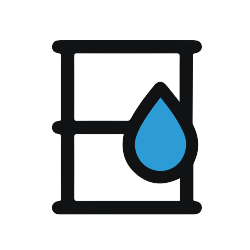Guidelines for Meth Cleanup
The Guidelines for Meth Cleanup app are useful for the cleanup of hazardous waste from meth labs.
5,000 Companies save time and money with GoCanvas
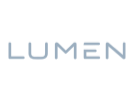

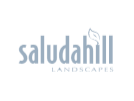
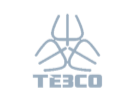


Meth production uses commonly found household products that, when used for household purposes, are generally considered safe. However, when combined and processed to formulate methamphetamine, hazardous chemicals are produced that may be corrosive, flammable, explosive, and toxic. Each pound of methamphetamine made can produce nine to eleven pounds of toxic waste. Methamphetamine “cooks” may dispose of toxic waste without any consideration to the environment or human health. Chemicals are commonly dumped in the sink, bath tubs, and outdoors and have the potential to pollute surface or groundwater supplies. Chemical spills and chemicals found in unmarked containers or stored improperly can put humans at risk of exposure. After law enforcement seizes a methamphetamine lab, there remains a risk of exposure to chemical residues. Chemical residues or contamination can often be identified by chemical odors, spills, staining, and opened containers of chemicals; however, residual contamination may remain on surfaces even after bulk chemicals and odors have been removed. Law enforcement and homeowners should ensure that meth lab clean-up processes are done for decontamination and rendering a home safe for rehabilitation. This app reviews 15 tasks related to cleaning a methamphetamine laboratory, and the removal of hazardous substances.
GoCanvas accounts come
with hundreds of form templates
Don't take our word for it...
“I’m not a tech guy and I was able to pick this thing up in probably an hour, and actually start to build apps. I’ve done them over lunch when I’ve gotten frustrated with a process that didn’t exist in our company. So for non tech people who’ve got a problem, the support here is awesome and I’d recommend it to anybody, not just in our industry.”



